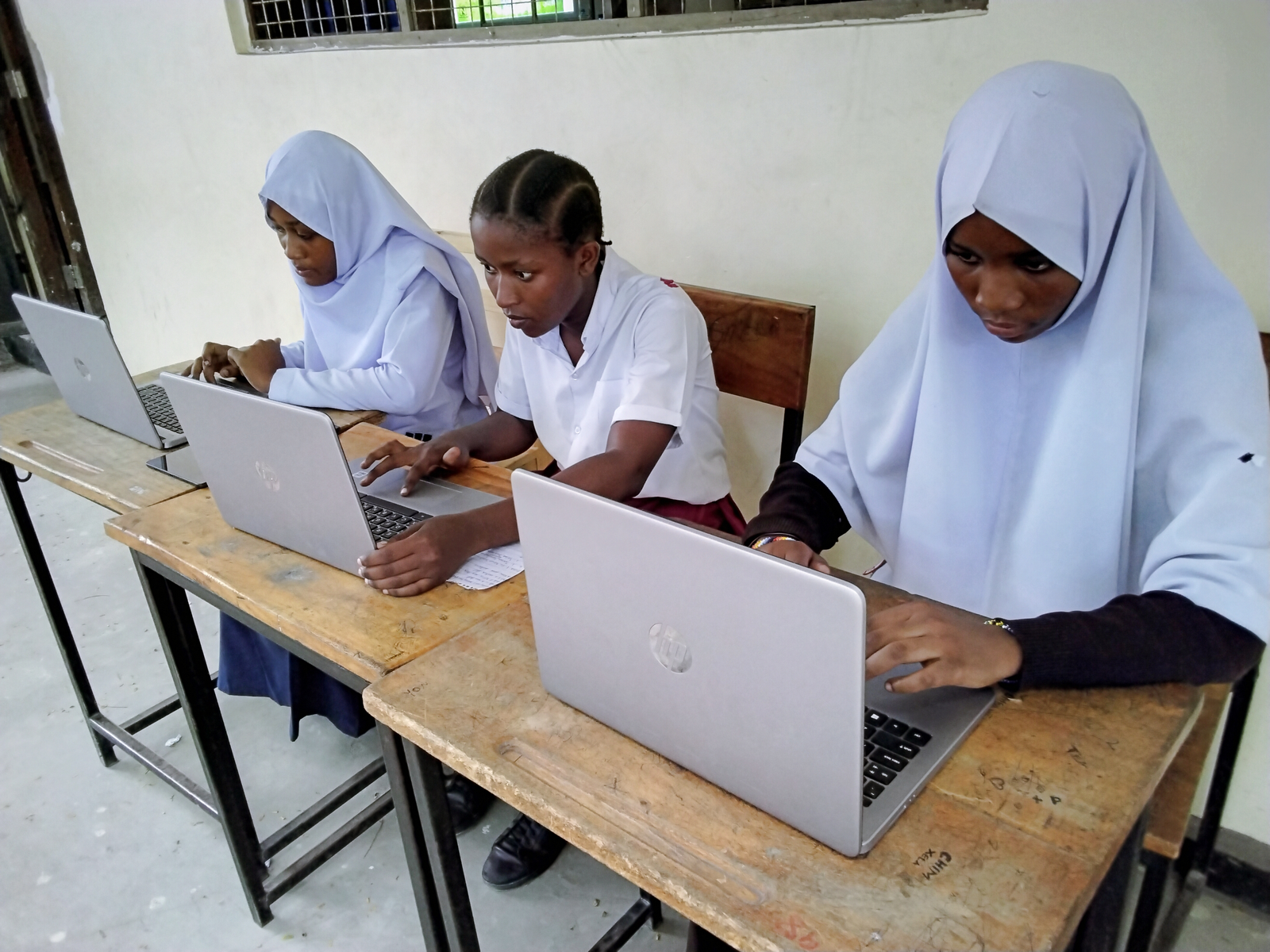
Why girls’ education can change them, their families and the world
Girls' education
Girls have the same hopes and dreams as boys. They want to learn, they want to work, they want to help their families and communities.
But too often girls around the world are treated as second-class citizens. They are denied their right to education and their chance to fulfil their potential. About 63 million of them do not go to school.
The spotlight will be turned on the issue on July 7, when the Girls’ Education Forum will be held in London.
The United Kingdom’s Department for International Development (DFID) is joining forces with Global Citizen and Chime For Change to bring together governments, private sector stakeholders, civil society partners and education champions.
Raise your voice for girls’ education w/CHIME FOR CHANGE & @GlblCtzn: https://t.co/vzPICjBMJ2 #SheWill pic.twitter.com/Ty0JzIK7Eg
— Chime For Change (@ChimeforChange) July 3, 2016
There are 63 million reasons why girls should be in school and learning. The most obvious one is their basic human right to be able to learn, read, write and acquire skills needed to give them the best chance in life. But here are some of the others:
THERE’S A TARGET TO HIT
The Sustainable Development Goals – the targets set by the United Nations for the world to achieve by 2030 – include a quality education for EVERYONE. That’s girls as well as boys.
EDUCATION = KNOWLEDGE
In many countries in sub-Saharan Africa, the birth rate among girls with secondary education is four times lower than those with no education.
Education also enables girls and women to overcome child labour, other exploitative work and child marriage, and helps them learn how to claim their social and economic rights.
SCHOOL MAKES ECONOMIC SENSE
Educated girls can make informed choices – and from a far better range of options. Educating girls saves lives and builds stronger families, communities and economies.
An educated female population increases a country’s productivity and fuels economic growth. Some countries lose more than $1 billion a year by failing to educate girls to the same level as boys.
IT STOPS MILLIONS OF DEATHS
The global increase in female education has prevented more than four million deaths in the past four years. A child born to a literate mother is 50% more likely to survive past the age of five.
Educated mothers are better informed about sanitation, nutrition and immunisation decisions for their children. This leads to fewer child deaths from preventable diseases such as diarrhiea, pneumonia and malaria.
Did you know? UK aid is helping over 11m children get an #education in developing countries #SheWill @GlblCtznUK pic.twitter.com/TaseaTLdMG
— DFID (@DFID_UK) July 3, 2016
But girls face so many obstacles to get into school. Sometimes it is simply because they are girls – often those from the poorest and rural backgrounds are expected to work or manage the household. That means girls are four times more likely to be out of school than boys from the same background. Here are some of the other reasons:
CONFLICTS AND DISASTERS
Girls living in conflict-affected countries are 90% more likely to be out of secondary school than those living in peace. In humanitarian emergencies, including natural disasters, girls are at higher risk of child marriage and prostitution to provide for their families.
Attacks on girls’ schools also mean many parents are afraid of sending their daughters to school.
EARLY MARRIAGE
Every year, 15 million girls under the age of 18 become brides – an average of 40,000 every day. More than 60% of child brides in developing countries have no formal education.
Many do not return to school after marriage due to tuition and other fees, lack of childcare and unavailability of flexible school programmes. Early forced marriage often means early and frequent pregnancies – which lead to school dropouts or girls being excluded.
CHILD LABOUR
Many girls begin working as early as five years old – mainly in agriculture or in homes as domestic servants. Child domestic workers are particularly vulnerable to trafficking, forced labour, sexual violence and many health issues, and have limited or no access to education.
Employers often do not allow child workers to go to school.
WATER AND SANITATION
Inadequate water, sanitation and hygiene facilities mean girls from poor families can spend up to six hours each day collecting water, leaving little time for school.
Those who do go to school often drop out when they start to menstruate because there is no safe place to keep clean at school.
More news

